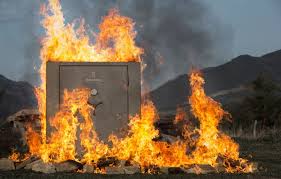

Significant DangersĪccording to The Warren Group, a South Carolina-based property and casualty loss analysis firm, four main welding dangers exist:

Material in contact with the hot workpiece, even away from the flame source and actual weld, can ignite. Torch flames can ignite substances within several feet of the flame. Even at 35 ft., sparks can be hotter than 2,500 degrees F. They can pass through or become lodged in cracks, clothing, pipe holes, and other small openings. (10 m) horizontally and even farther when falling. They also can result from combustible materials touching a hot workpiece or heat igniting flammable vapors.Īccording to the American Welding Society (AWS) Fact Sheet, Fire and Explosion Prevention, sparks can travel up to 35 ft. Welding fires are caused by sparks, hot slag (droplets of melted metal), and torch flames. Taking a quick glance around and eliminating obvious hazards in the immediate welding area are not enough. They also must examine carefully the work area and adjacent areas, the welding equipment, and consumables for hazards and take appropriate measures to ensure safety.
#STORIES ABOUT FIRE PROOF SAFES FROM ACTUAL FIRES PROFESSIONAL#
These and welding-related fires elsewhere probably could have been prevented if welders had been more diligent in adhering to safe welding practices.īefore welding, both professional welders and those who weld for a hobby must be thoroughly knowledgeable about potential fire hazards and safe practices. In 2002 in Irving, Texas, 1.4 percent of the city's residential fires and 10 percent of its commercial fires were welding-related.


 0 kommentar(er)
0 kommentar(er)
